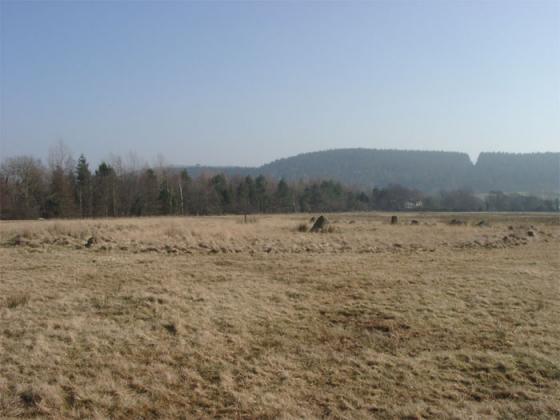From BBC News:
“Archaeologists are hoping to unearth evidence of what they believe to have been one of Bronze Age Britain’s largest axe-making “factories”.
Clwyd-Powys Archaeological Trust (CPAT) said the axes, made from a distinctive type rock – known as picrite – had been found throughout the country.
A three-week survey at the 4,000-year-old site will start soon in Hyssington, near Welshpool, Powys.
The trust’s Chris Martin said it may have been a large industrial centre.
The trust carried out a preliminary survey last year, but it did not uncover the factory site.
However, it said test results from 2007 proved that picrite had been mined in an area known locally as Cwm Mawr, and a study in the 1950s had suggested it was an area where axes had been made.”
UPDATE: Bronze Age axes found in Powys
A HOARD of Bronze Age axes has been discovered by archaeologists.
A three-week survey is under way by Clwyd-Powys Archaeological Trust to find out more about the weapons’ origins. They were unearthed at a site in Hyssington, near Welshpool.
The trust said the axes were made of picrite, a type of rock mined in the area.
From icWales































































